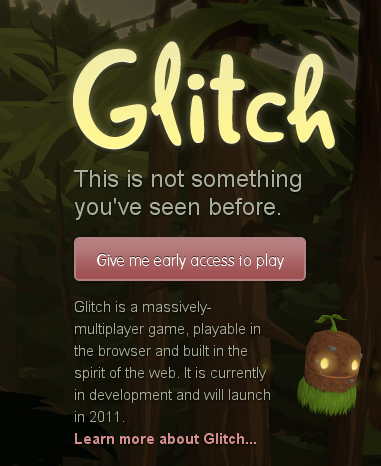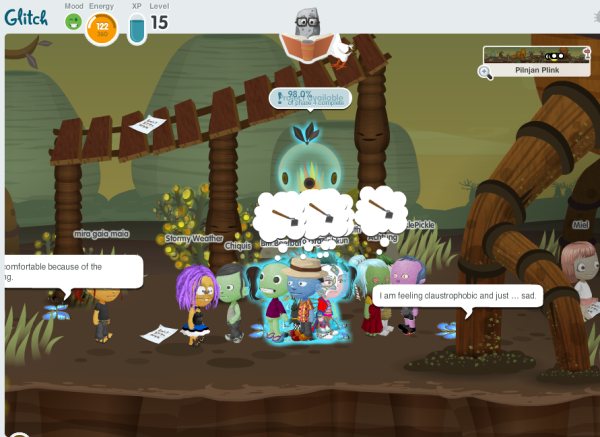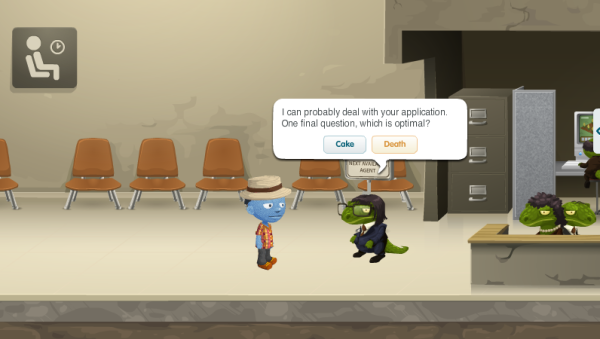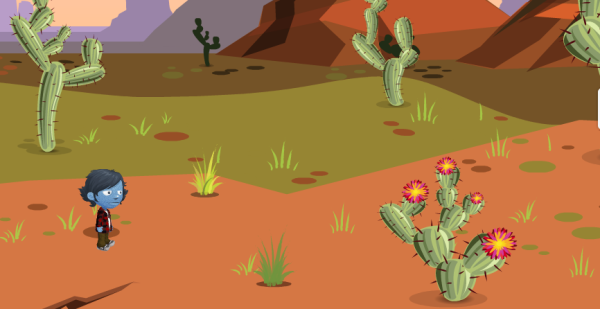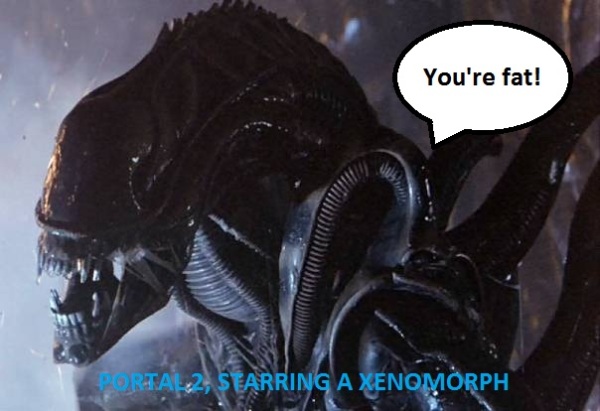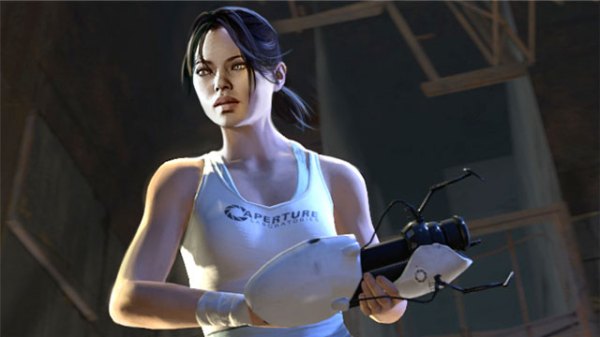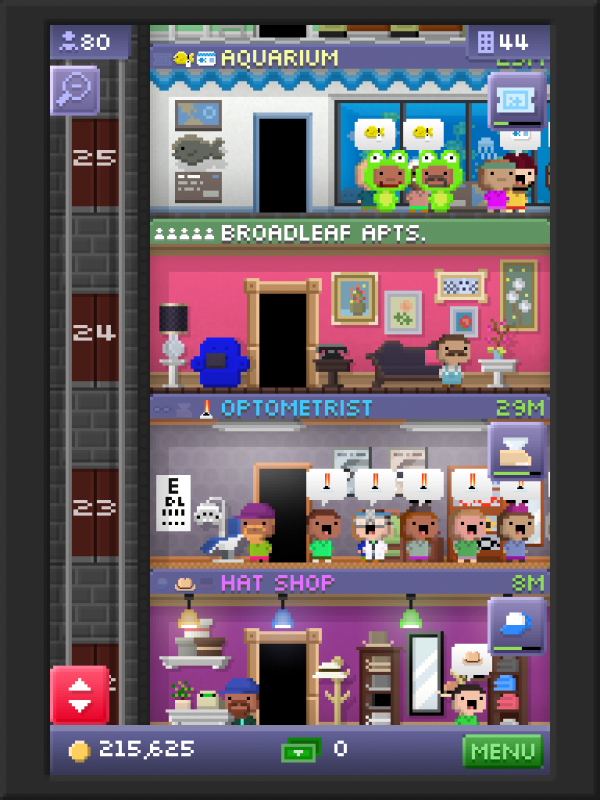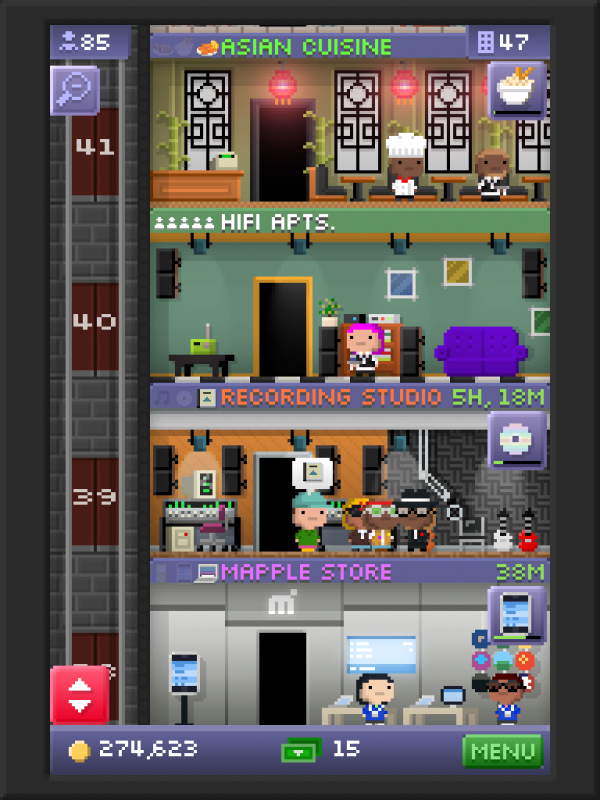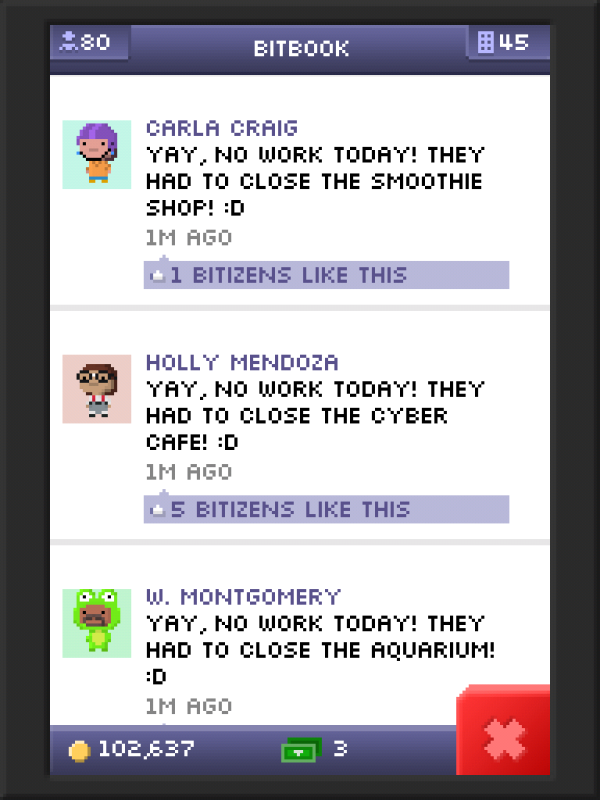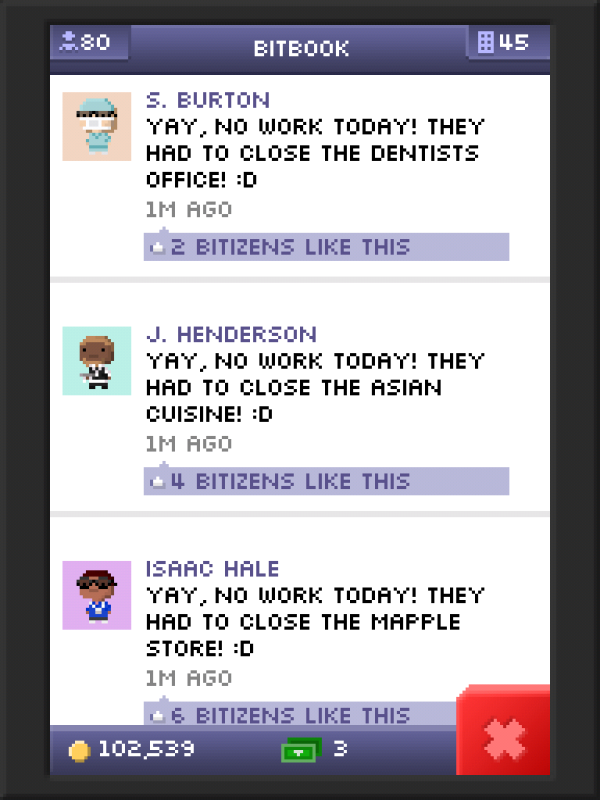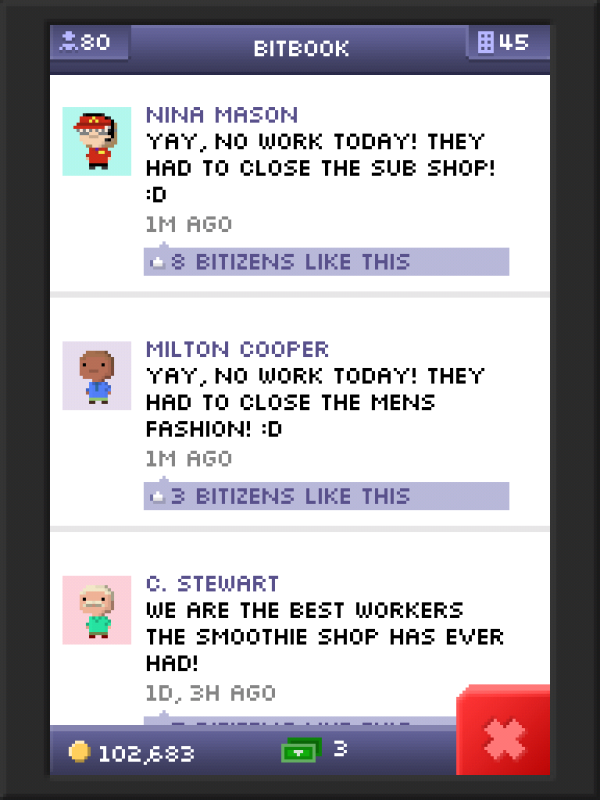Games– digital games and boardgames and sports and childhood pastimes, the whole bunch– are all escapist activities. Even games with grim messages and furrow-browed insights into our real world provide release and respite from that world. Games are governed by fixed rules we can learn to understand, and this in itself is a liberating and entertaining alternative to the real world. In short: games are escapist because they are games. They can be more or less escapist, yes, but they’re escapist.
Games which undermine their own escapism are, however, increasingly common. In Dragon Age: Origins, an NPC infamously sells you his own DLC. Free-to-play games can occasionally make their cash shops extremely intrusive. Facebook gaming has birthed an entire genre of games which are, essentially, fancy eggtimers: they turn your attention not to the world of the game, but back out into your own world, to your own mundane schedules and time commitments, asking you to plan and schedule your real life to accomodate the demands of the game.
These games are all still escapist actvities. A Facebook game has created an alternate reality in which I am both Laura Michet, the lowly contract employee, and Laura Michet the cafe owner, or farm owner, or what have you. That’s escapist on some level. Not profoundly so– not even always entertainingly so– but there you go: I’ve got a fancy little city, or farm, or digital cafe. It can occupy some of my time, and I can use it to pretend that I’m not who I really am.
If I do this– if I choose to escape in this way– I’ll have to accept that there’s a store hiding up there in the corner of my screen trying to sell me fancy crops or recipes or tickets to skip the boring bits of the game. As a person with little income, reminders that I am a consumer are bothersome to me. They kill the mood. They cancel out my sense of escapism. Having a strict budget takes all the fun out of “free to play”– it makes my experiences more tense. It makes it harder for me to relax.
If I want to get away from that, then, I can go play Red Dead Redemption–which asks me in the start menu, every time I turn it on, to see if there’s any DLC I can buy. Or I could play New Vegas, which asks me the same thing. I tolerate this because I have to, but also because I don’t care enough to feel that bad about it. And, of course, I enjoy DA:O despite the awful NPC-DLC fiasco. These games are all good games. They’ve got enough in the base product to keep me thoroughly entertained. There is, then, a degree of business-minded intrusion into my escapism which I do accept, and even welcome: I’ve played some mighty fine DLC over the past two years.
Basically, I and most other people now accept, without question, that our escapist spaces can also be, to one degree or another, consumer spaces.
I think this is what bugs a lot of the people who are still roaringly angry at the very idea of DLC. Traditional PC games have done the expansion-pack thing for over a decade, but it was never this intrusive. You can play Age of Empires at home alone and never even realize that there was an expansion pack and a Gold Edition. Even Oblivion, with its slew of overpriced DLC houses and horse armors, never allowed the game itself to become a consumer environment. Once you buy the game, it’s a purely escapist bit of entertainment. Once you’re in the game, you can pretend you belong there: that you never bought it, but were born there, this silent wanderer in her battered Mithril Helmet, with her implausible Glass Longsword. The world where you bought the game has vanished– or you’ve hidden from it very well, at least. You could play this game alone forever and never even know that the infamous Horse Armor exists.
Lately, though, many games are becoming actual stores.
There’s a few good reasons why this has happened. First of all, it’s effective. DLC is a gold mine: many AAA developers are charging a sixth of their base game’s price– ten dollars or so– for additional material that adds up to less than one or two percent of the base game’s content. If putting advertisements for DLC in games makes more people buy– well, it’s working, isn’t it?
Secondly– and this is more important– visiting a store is even more escapist for a lot of people than games are. I’m not convinced that the act of purchase can ever be a true escape from reality, what with money being real and all, but window-shopping is fun. Being a consumer– even a potential consumer– can be fun. These days, browsing PC hardware websites and imagining the desktop I’ll build for myself once I save up is a pretty good way for me to escape. Many people find browsing the Steam store to be a pleasant experience. Why shouldn’t they or others take similar pleasure from browsing stores inside games? Despite the wailing that continues in some corners, there’s no going back from this: it’s already very deeply rooted and totally acceptable.
Thirdly, ‘what games are’ is also changing. Games are services, not just products. Games are environments, not just activities. Games are places where we do things. Shopping is a thing that people do. Because games are places, is there a good reason why we shouldn’t shop in them? We shop everywhere else, and downloading things like DLC from inside a game is now easier than buying them from stores, and sometimes easier than buying them from online portals.
But it’s not just a ‘tech thing’ that makes this possible– it’s also a culture thing. There are now very few areas of our lives where we are not made constantly conscious of our role as consumers. Is this the same ‘culture thing’ which turned police brutality protests in London several months ago into a multi-day fiasco featuring angry, deprived teens exercising their purchase desires with violence? Are we so thoroughly consumers now that we’d rather not ever be separated from that identity, not even while fighting the fuzz? Not even while playing a game?
Am I bothered by this? I suppose I am. I like DLC when it’s meaty and interesting, and I like that I can browse Steam and XBLA without leaving my house, but I wish that I didn’t have to be conscious of my role as a consumer while I play certain kinds of games, particularly games with strong immersive or intricately escapist tendencies. (I’d much rather be conscious of my role as a dual-specced arcane warrior/blood mage elf.)
Clearly, however, this doesn’t bother too many players, and it certainly doesn’t bother a lot of designers. A certain kind of player enthusiastically welcomes it.
And times are changing: sometimes I imagine that in about thirty years, this kind of thing will not bother me one bit.
I also imagine that the world I’ll be cheerfully living in thirty years from now would make current-day-me a little bit queasy.

